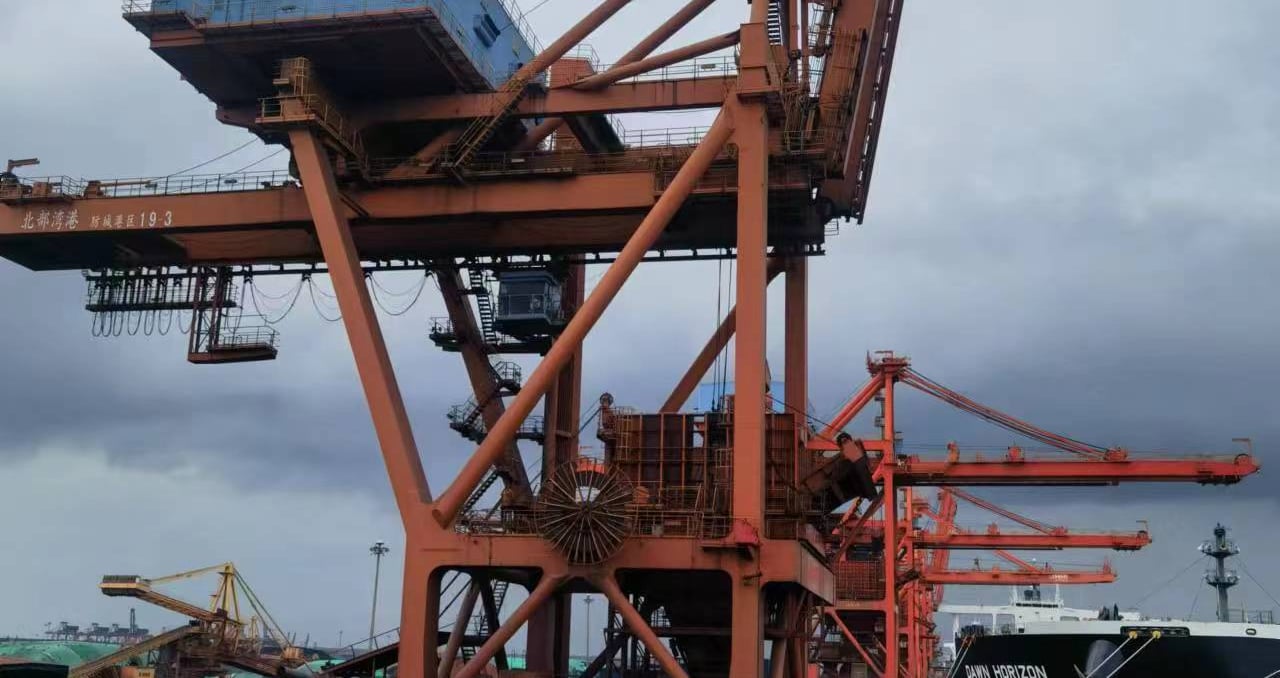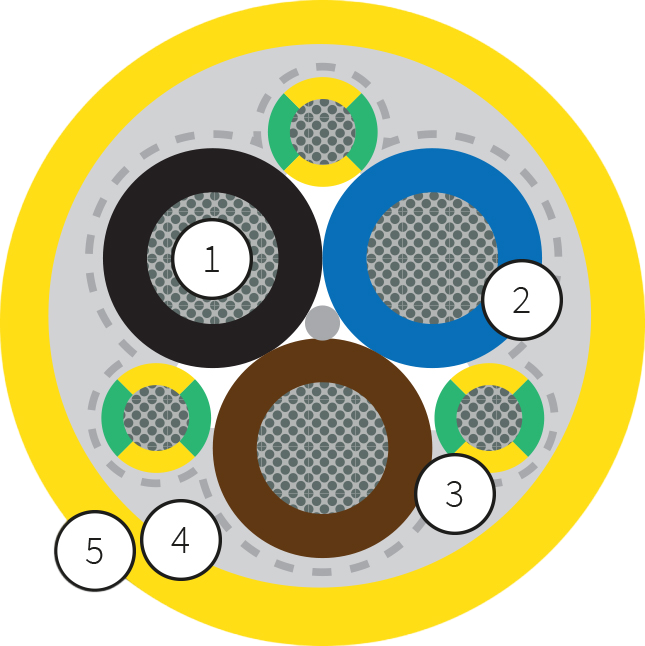Understanding Reeling Cables for Mobile Machinery in Port Terminals and Shipyards
12/5/20243 min read


Understanding Reeling Cables: Powering Mobile Machinery in Port Terminals and Shipyards
Abstract
This article delves into the essential role of reeling cables in powering mobile machinery used in port terminals and shipyards. It explores their structural design, technical characteristics, operational mechanics, and innovative advancements, highlighting their significance in modern maritime industries.
Introduction
The Essence of Reeling Cables
Definition: Reeling cables are specialized electrical systems designed for dynamic use in mobile equipment, enabling seamless power transmission and signal communication during continuous movement.
These cables are vital in maritime industrial settings like ports and shipyards, ensuring efficiency and safety in operations. As industries evolve, advancements in cable management technologies have further enhanced their functionality and reliability.
Technical Foundations
Structural Composition
Cable Engineering Principles: Reeling cables are crafted with meticulous engineering to withstand demanding operational conditions.
Flexible Conductor Design: The core material, often made from high-grade copper or aluminum, ensures efficient electrical conductivity.
Multi-Layered Protective Sheathing: Layers of durable materials guard against mechanical stress, abrasion, and environmental damage.
Advanced Insulation Technologies: These provide thermal resistance and protect against electrical leakage, maintaining performance in extreme conditions.
Key Technical Characteristics
Mechanical Properties:
High flexibility for continuous movement.
Robust environmental resistance, including protection against corrosion, temperature fluctuations, and abrasion.
Electrical Attributes:
Excellent conductivity ensures reliable power delivery.
Minimized energy loss due to advanced materials and design.
Operational Mechanics
Dynamic Cable Management
Reeling cables utilize sophisticated systems for efficient operation:
Retraction and Extension Mechanisms: Automated systems manage cable movement seamlessly.
Tension Control Systems: These prevent overextension and mechanical stress.
Precision Guidance Technologies: Ensure accurate cable alignment during use.
Power Transmission Principles
Signal Integrity: Maintains clear communication signals without interference.
Power Efficiency: Ensures stable energy delivery even during constant movement.
Machinery Applications
Mobile Equipment Types
Reeling cables are integral to various machinery, including:
Container Handling Cranes: Used for loading and unloading cargo in ports.
Automated Guided Vehicles (AGVs): Enable precise material transport.
Shipyard Transportation Systems: Support heavy equipment movement.
Offshore Loading Equipment: Designed for rugged marine environments.
Specialized Deployment Scenarios
Complex logistics in bustling ports.
High-precision industrial tasks requiring uninterrupted power.
Operations in extreme environmental conditions like high humidity and salinity.
Technological Innovations
Recent Advancements
Smart Cable Monitoring Systems: Real-time tracking of cable wear and performance.
Integrated Digital Tracking: Enhances operational accuracy and efficiency.
Self-Diagnostic Capabilities: Automates maintenance alerts.
Predictive Maintenance Technologies: Extends cable lifespan through early issue detection.
Future Development Trajectories
Use of emerging materials like graphene for lighter, stronger cables.
Enhanced Connectivity: Incorporating IoT-enabled features.
Greater focus on sustainability, including recyclable materials and energy-efficient designs.
Performance Challenges
Technical Limitations
Managing mechanical stress from constant retraction and extension.
Mitigating electrical interference during power transmission.
Ensuring durability in extreme conditions such as heavy loads or harsh climates.
Ongoing Research Initiatives
Collaborative Engineering Efforts: International teams are working on next-gen designs.
Optimization Strategies: Innovations focus on reducing weight while increasing strength and flexibility.
Development of next-generation cable designs to address evolving industrial needs.
Conclusion
Reeling cables are indispensable to the maritime industry, enabling efficient, reliable, and safe operations for mobile machinery in port terminals and shipyards. As technological advancements continue, these systems will play an even more transformative role in industrial innovation.
Glossary of Technical Terms
Reeling Cable: A flexible electrical cable designed for continuous movement in mobile machinery.
Conductor: The core material transmitting electrical current.
Insulation: Protective layers ensuring electrical safety and performance.
Automated Guided Vehicle (AGV): Self-operating vehicles used for industrial material transport.
Recommended Research Resources
Maritime Engineering Journals: Insights into port and shipyard machinery technologies.
Industrial Automation Publications: Focused on dynamic power systems.
Advanced Materials and Engineering Conferences: Platforms showcasing the latest in cable technologies.
Technical Appendix
Cable Specification Standards: Guidelines for manufacturing and performance evaluation.
Performance Metrics: Methods for assessing durability, flexibility, and efficiency.
Comparative Analysis: Highlights the global technological advancements in reeling cables.




